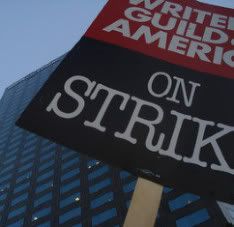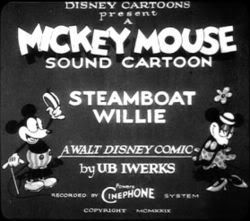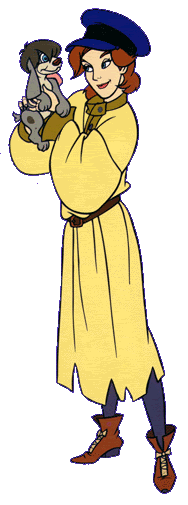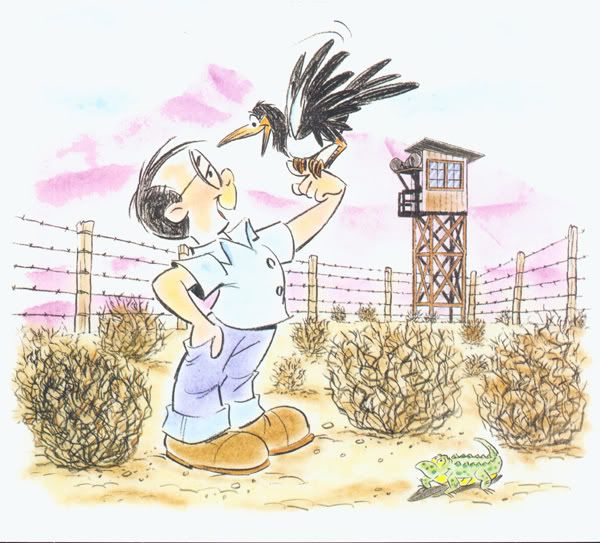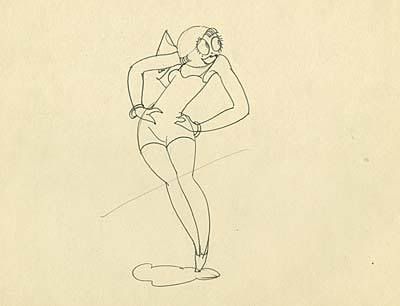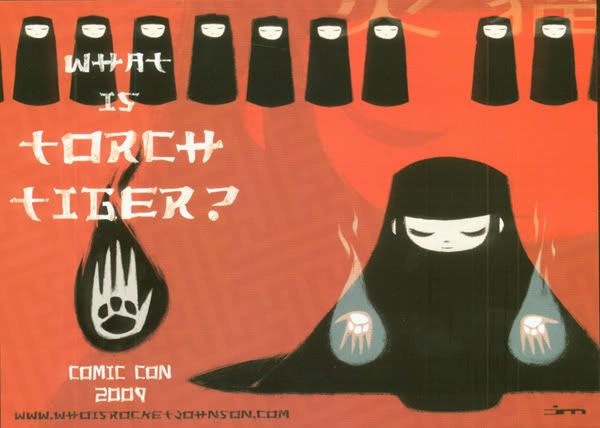I'm reluctant to get involved in an argument I've so far stayed out of, but what the hell. It's Friday night. And Robiscus writes in "Disney Tuesday" comments:
I'm not exactly sure what the thesis is here, but here's the deal about wages ...
Artistic chops don't have a hell of a lot to do with the amount of money people get. Demand for the specific skill-set does.
The Nine Old Men might have been terrific artists and the best animators of their age, but that didn't translate into huge salaries. Woolie Reitherman told me:
"Shit, Steve. I didn't get rich from the checks Walt paid me. It was the stock options we got that set us up."
The top-tier animators of the Golden Age (and beyond) made good money. But none of them were exorbitantly paid. I'll give you an example. Art Babbit, prior to the '41 strike, was one of the higher paid animators at the Disney studio, $300 per week. This was a HUGE payday for an animator at the time, since there were then folks working at the studio making -- and living on -- $15 a week. My father was one of them.
(Today, $300 would equal $4391, according to inflation calculator.)
Let's put this in broader, Tinsel Town context. Top-level, live-action screenwriters in 1940 were earning $1,000-$2500 per week. The top stars (Gable, Flynn, Cagney) made $4,000-$6,000 per week.
Like I say. It's demand for the skill-set that sets the wage, not the skill-set in and of itself.
In 1994-1995, when hand-drawn animation was white-hot and demand for feature animators and feature animation staffs was at historic highs (Disney, DreamWorks, Warner Feature Animation, Turner Feature Animation, Rich Animation were all bidding for the services of a small pool of talent), wages went through the roof. Lead key assistants were being paid $3,000, $4,000, and $5,000 per week. Lead animators were making $10,000/wk and more.
Think about that a minute. Key assistants were making more than one of the greatest animators of the "Golden Age," adjusted for inflation. Lead animators were making more than double. How is that possible?
Demand, my children. Demand.
Now let's look at the reverse situation.
Today, the same talent that made five figures each payday twelve and thirteen years ago labor on Princess and the Frog at a fraction of the money they collected in the 1990s. As a Frog artist told me three days ago:
"I'm making a little above scale. But I was working out of the business making a lot less the last two years, and I'm happy to be earning it. No complaints from me ..."
How could this be? With the guy drawing a mean line with a pencil? With all that artistic skill? Simple. The Princess and the Frog is the only game in town just now, and if animators and/or assistants want to ply their trade, scale wages or close-to is the deal in 2008, take it or leave it. (The managers at the Mouse House know how much they have to pay to lure their formerly high-priced staffers back. And if some complain about being "low balled" and refuse to come back -- and some have -- there are plenty who are willing to return at greatly reduced wages.)
Studios "get by" paying less because they can, not because traditional artists have more (or less) intrinsic worth than "technicians." Right now, the market puts a higher value on the techies because there's a greater demand and competition for their services across the industry.
It's always ... always ... ALWAYS about leverage. In today's animation business, skilled "technicians" have more of it, and skilled traditional artists have less.
Guess who makes the higher weekly wages in 2008? (It ain't the "artists".)








